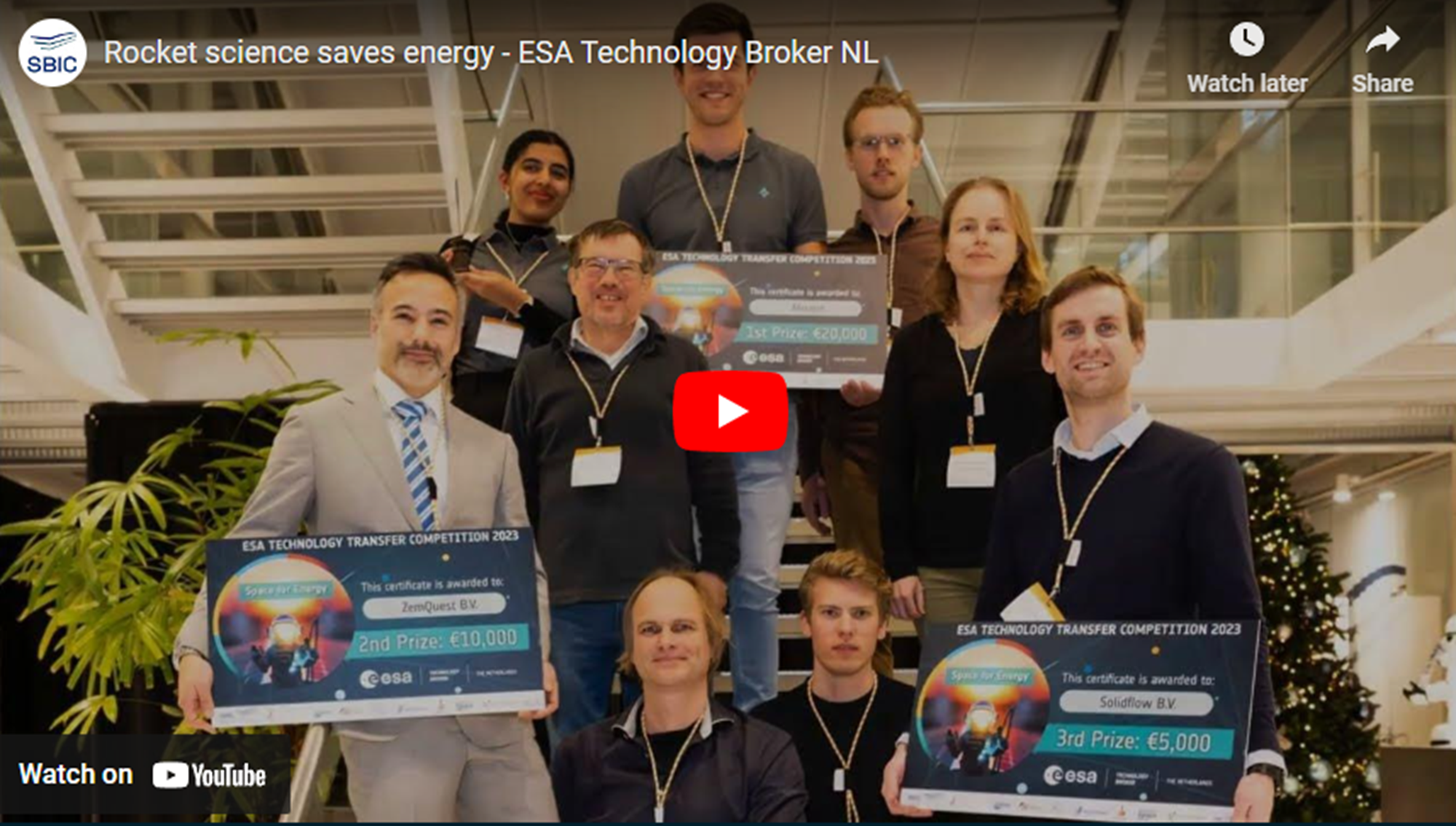Author: Corneel Bogaert
What happens when the final frontier meets the fertile fields of our own planet? From spacecraft life support systems to cutting-edge greenhouse practices. From Martian agriculture research improving terrestrial farming techniques to space-inspired innovations like energy storage methods and smart farming with satellite data. Savor a glimpse of how space technologies are reshaping agriculture and the food industry.
Agronautics: Merging Space & Agrifood
Already hungry for more? Read about the Agronautics workshop, held on 22 April 2024 in Wageningen to delve further into the captivating intersection of space exploration and agrifood innovation! View report
Space-inspired cooking pan
It is a commonly held belief that teflon, known for non-stick cookware in ordinary households, has its origins in rocket science. Although it has been used in spaceflight for different materials such as heat shields and space suits, teflon was invented two decades before space travel even took off. Fortunately, there is now another great example of space-inspired cookware.
NeoStove aims to revolutionise cooking by introducing the SpacePan. The ESA BIC alumnus – now called Effium Cookware since 2024 – has taken inspiration from the Ariane 5 Vulcain rocket engine. Just like fuel is circulated through lines surrounding the nozzle, the SpacePan has heat fins underneath to capture and distribute the heat.
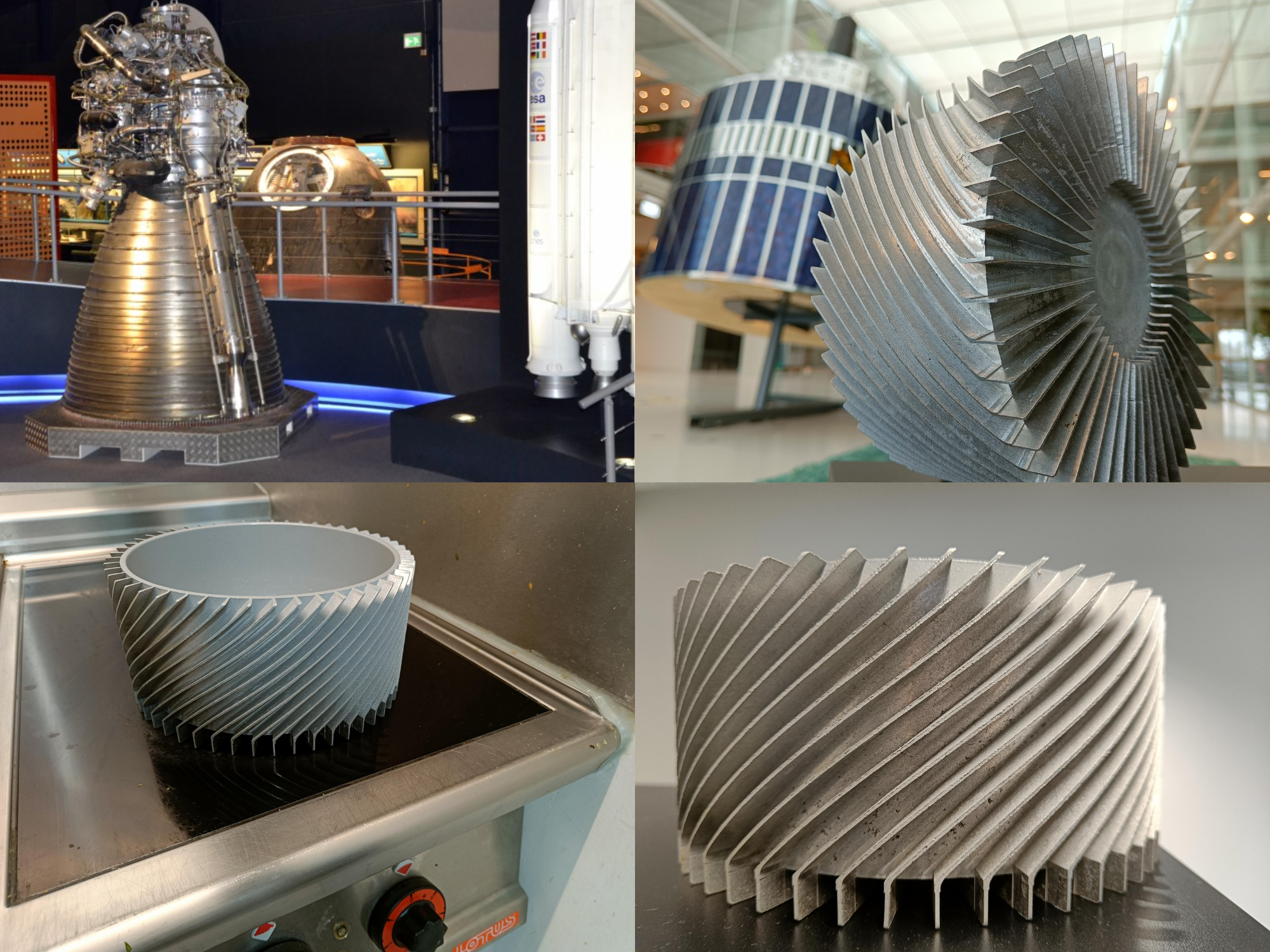
The Ariane 5 Vulcain rocket engine at Space Expo and the prototype of Neostove at SBIC Noordwijk
Traditional pans utilise only a fraction of the heat generated by gas stoves, resulting in inefficient energy use. The SpacePan boasts unique features that efficiently capture heat from gas stoves. With its innovative design the pan reaches higher temperatures and heats up faster, speeding up the cooking process. By significantly reducing heat leakage, the SpacePan minimises gas consumption and lowers CO2 emissions. Additionally, the advanced cookware eliminates the discomfort of a hot kitchen environment for staff.
The gas-efficient pan is currently being tested and refined in collaboration with various restaurants. In a next step, the team will also be looking at cooking pots, where the resemblance with a rocket engine will be even higher. On top of the fins, the pot will be incapsulated by a shell to maximise thermal radiation from the sides to reach the boiling point faster.
Situated in the YES!Delft building, NeoStove is looking for manufacturing partners to help realise their ambitious target of selling 10,000 SpacePans in 2024.
Energy farming: from food producers to energy suppliers
With the pioneering concept of utilising iron powder as a renewable energy source, Metalot Future Energy Lab is about to change both the energy landscape and the agricultural sector. When burned, iron powder releases energy while leaving behind iron oxide, or rust. This iron oxide can be converted back into iron powder using hydrogen. The process can then be repeated, creating a circular and renewable energy source. It could be a pragmatic solution to farmers for the energy transition. By using their own wind or solar energy, farmers can produce iron powder for local power generation, effectively alleviating grid congestion.
The idea of using iron powder as an energy carrier has its origins in space technology. Metals are naturally abundant on all planets, which makes metal powder a viable energy carrier for space missions where traditional fossil fuels are not available. The concept of iron powder combustion has been proven to work under microgravity conditions which makes the technology extremely well suited for space missions.
On our own planet, iron powder could solve one of the most urgent problems of our time, climate change and the need to change to renewable energy. The potential for applications on Earth was put to the test and reaffirmed in the latest edition of the ESA Technology Transfer Competition: Space for Energy. Metalot’s submission “Welcome to The New Iron Age – The Green Energy Revolution with Iron Powder” convinced the jury and was awarded the first prize of 20,000 euros. The project team raised another 40,000 euros from Metropool Regio Eindhoven and is currently building a strong ecosystem together with The Southern Agriculture and Horticulture Organization (ZLTO), the Dutch Topsector Energy and the ESA Technology Broker NL.
The winners of the ESA Technology Transfer Competition 2023; click image to watch a video about the first prize recipient Metalot
.
.
Spacecraft life-support systems boosting sustainability
While the rise of reusable rockets has drastically reduced the launch cost per kilogram, getting payload into space is still a costly affair. Knowing that an astronaut consumes nearly 5 kg per day in the form of oxygen, food, and water it is important that the use of resources is being optimised during space flight. For more than 30 years, the European Space Agency (ESA) has been on the forefront in the field of regenerative life support systems.
MELiSSA (Micro Ecological Life Support System Alternative) is an international collaborative effort of 15 partners led by ESA. The project has produced closed loop systems to regenerate food, water and oxygen from mission wastes. The research also bears fruit in terrestrial applications. As the technology transfer partner of the MELiSSA Space research consortium, SEMiLLA IPStar focuses on spin offs for terrestrial exploitation. One of its areas of focus is water treatment featuring circular concepts originally engineered for the International Space Station. With “Waste-to-Taste” sanitation hubs, festivals, cities, buildings and emergency camps convert wastewater into drinking water, irrigation water and fertiliser.
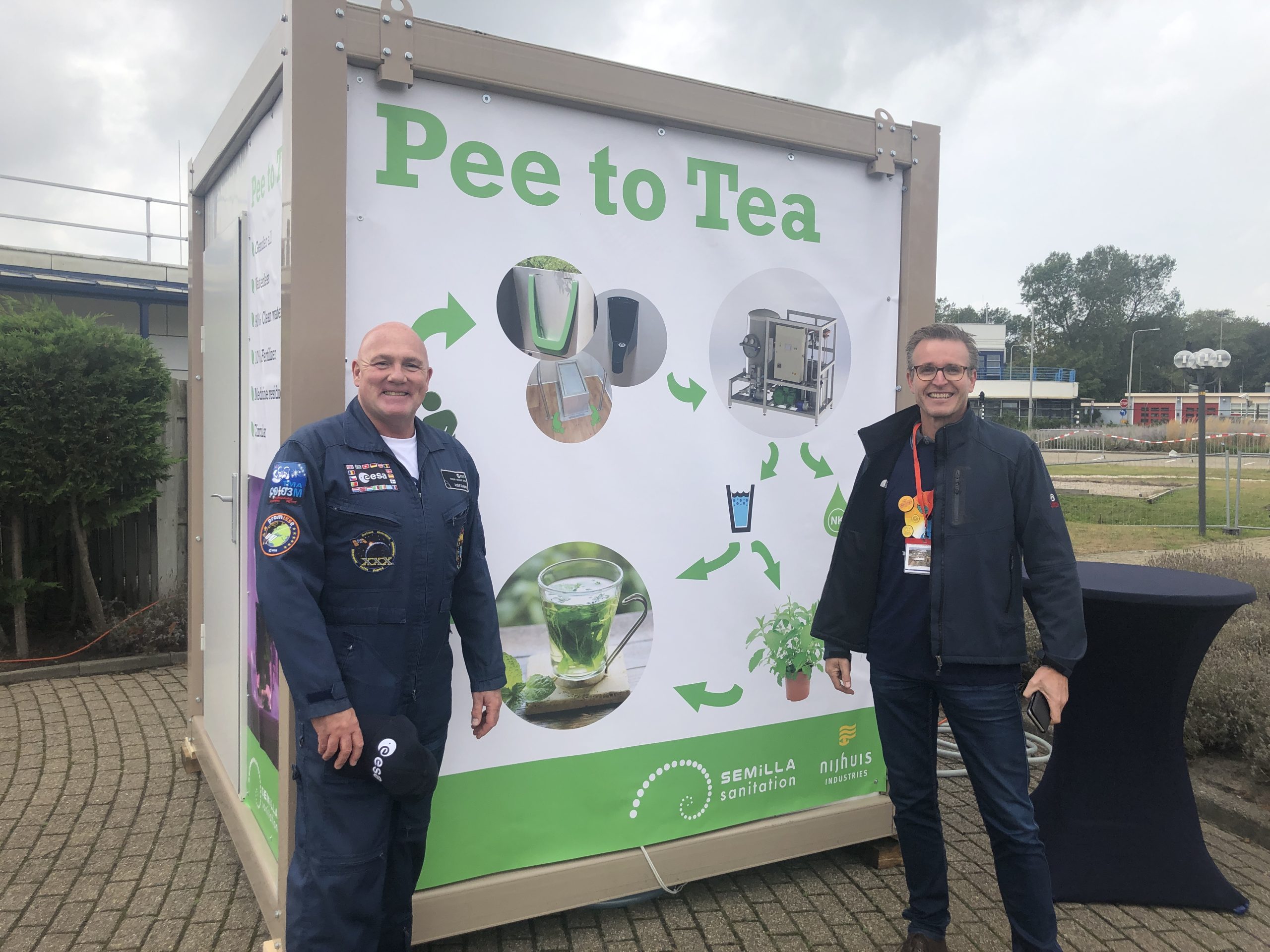
André Kuipers and Peter Scheer with a circular sanitation hub (credit: Nijhuis Industries)
A concrete example is the BlueCity Circular Water project, launched by the city of Rotterdam in October 2023. Operating from the basement of the BlueCity building, a water treatment concept runs for the entire building, efficiently reusing water and extracting valuable nutrients such as compost and fertilisers. The placement of the installations is not coincidental. BlueCity is a deserted swimming pool that was transformed into a 12,000 m2 incubator for circular entrepreneurship. What better place to pilot the technical and economic feasibility of how wastewater in residential and commercial buildings can be treated in a smarter and sustainable way.
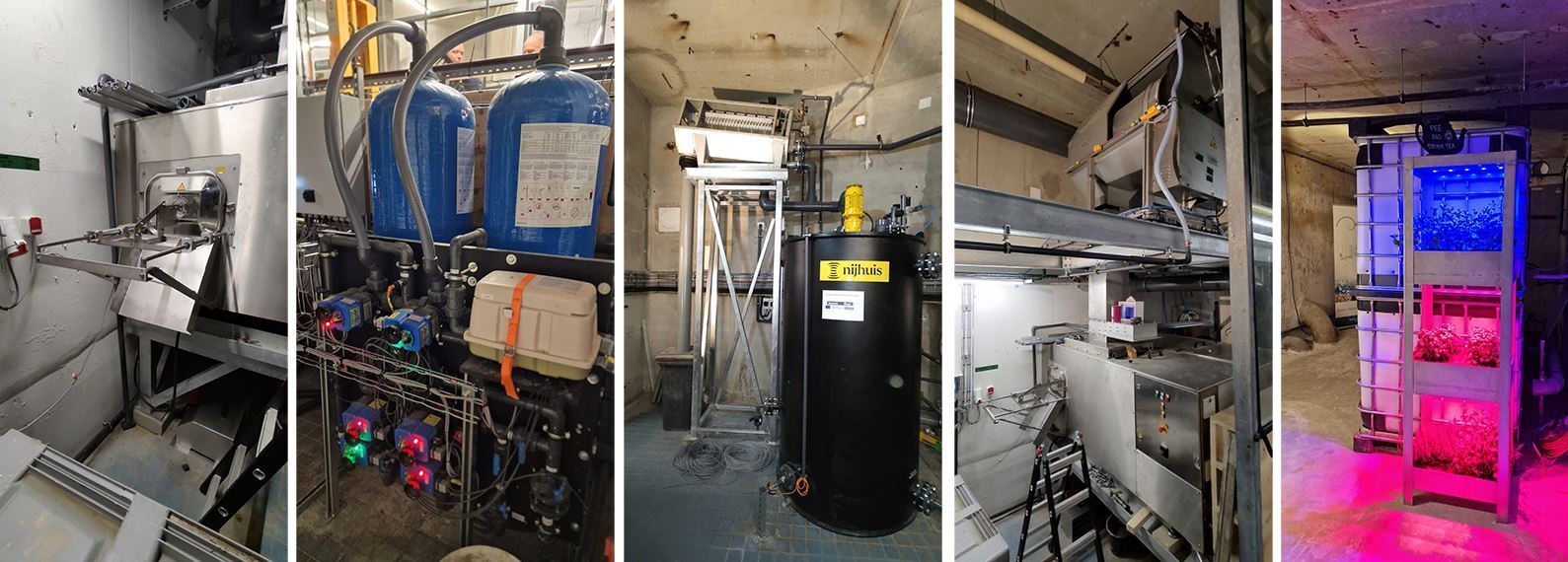
The circular water project operates a water treatment concept from the basement of the BlueCity building in Rotterdam
Food freshness inspection with cosmic camera
More and more farmers are turning to Earth-observing satellites for assistance in seasonal mapping of cultivated areas, pest detection, water management, and drought monitoring. Among the companies developing optical instruments for such satellites is Cosine. The company employs various remote sensing techniques, including hyperspectral imaging, polarimetry, spectroscopy, infrared imaging, and LIDAR. Through the establishment of condi food, a subsidiary of Cosine, the instruments initially designed for satellites have found new applications on the ground. For example, hyperspectral technology originally deployed for satellite remote sensing is now being leveraged to enhance food quality and safety.
Satellites equipped with hyperspectral imagery can measure various aspects such as vegetation, algae, snow cover and drought conditions. Unlike conventional colour cameras, which divide the visible spectrum into only three spectral bands (red, green and blue), a hyperspectral imaging camera splits the spectrum into tens or even hundreds of different spectral bands.
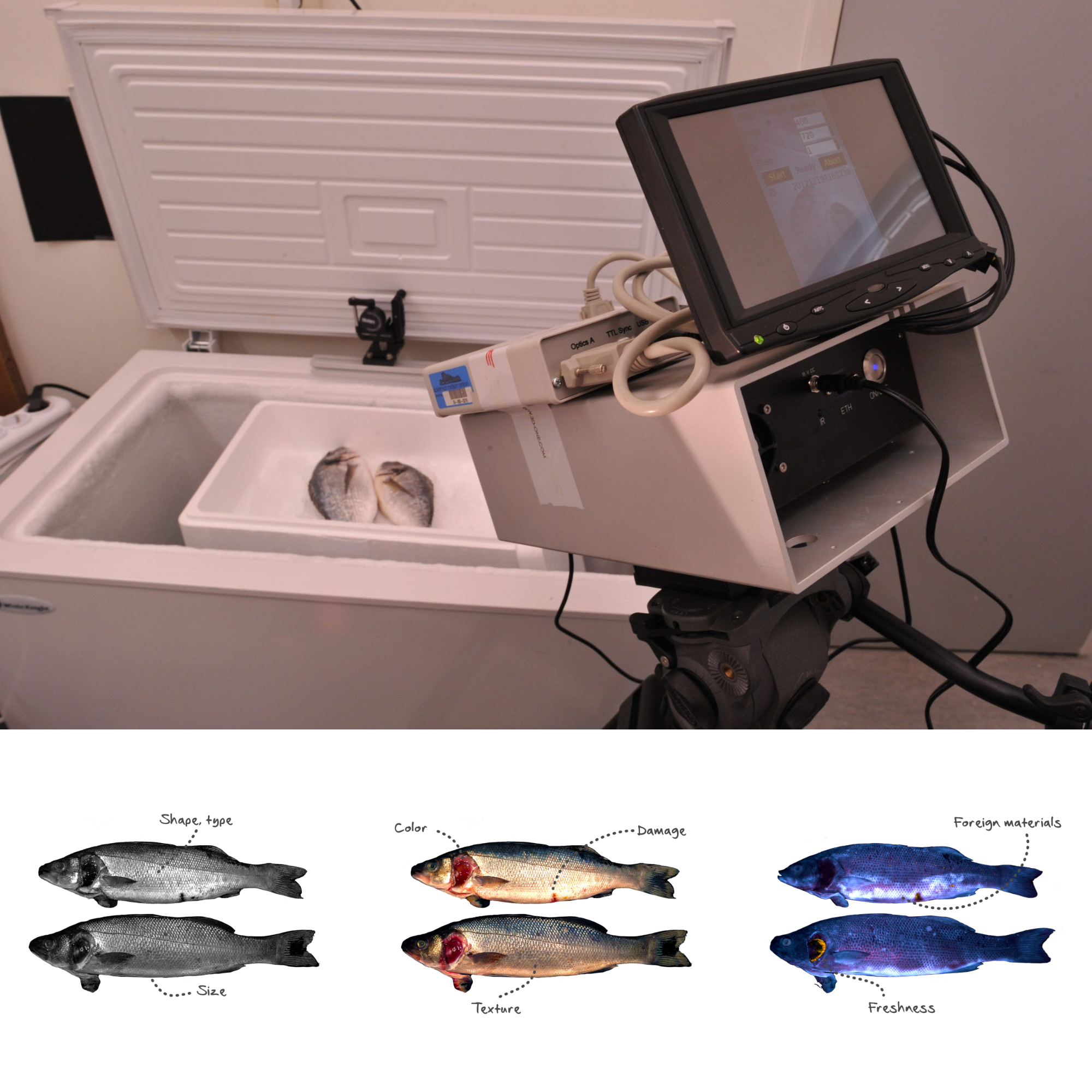
Fish freshness inspection with a spectral camera (credit: condi food)
Condi food offers similar equipment to the food processing industry for inspecting the quality of food products. Currently, food producers rely mainly on process controls and visual inspections by employees to assess product quality, methods that are labour-intensive and not foolproof. With the aim of enhancing food safety and quality, condi food offers a range of applications utilising hyperspectral imaging. This technology can assess factors like the ripeness and flavour of individual fruits, while also indicating the freshness of products such as salmon or sea bass.
Space snacks
Those who receive the monthly SBIC Noordwijk newsletter are familiar with the “space snack” section that appears at the end, a little snippet with (usually fun) space news. This article concludes in similar fashion, only this time the meaning of space snacks can be taken quite literally.
Galactic loaf
Between 1 january 2020 and 30 September 2022, seven Belgian organisations took up the challenge of developing the SpaceBakery. The research project tested a modular building that was sealed off from the outside world, a closed biosphere that one day could be installed below the Martian surface. Based on the principle of vertical farming and artificial light, crops were harvested and processed into a healthy sourdough bread. While the long-term goal was the survival of settlers on Mars, the project also gained insights that could bring benefits for modern agriculture on Earth.
Experiments to investigate the effects of prolonged exposure to representative radiation doses for a Mars mission on cereal grains revealed an improved nutritional quality of wheat. This requires further study to determine optimal radiation levels for seed quality improvement. Another outcome was a 3D simulation model to accurately predict wheat growth and development under different conditions for both terrestrial and Martian environments. An overview of the results is available here (in Dutch).
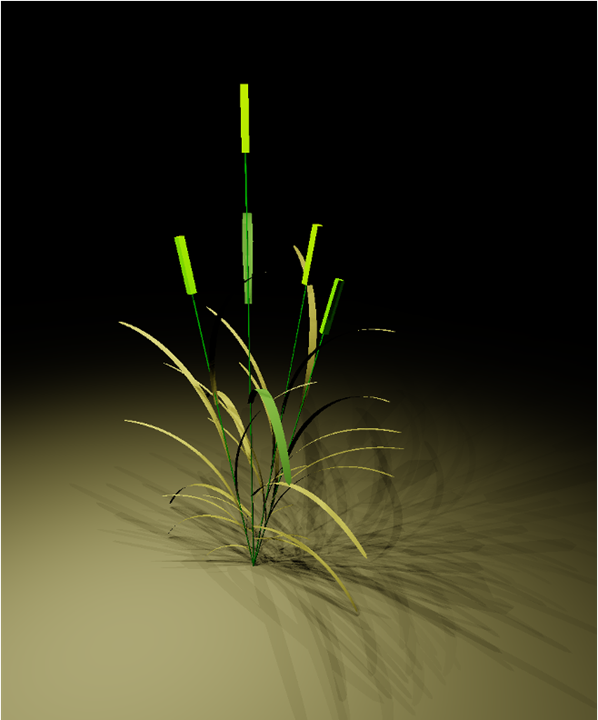
Virtual 3D wheat plant developed by UGent as innovative tool to grow wheat sustainably (credit: SpaceBakery)
Space ageing like fine wine
Space Cargo Unlimited, a company undertaking research and manufacturing missions in low Earth orbit, aims to produce a variety of high-impact products for Earth, spanning from life sciences to innovative materials. Through its Mission WISE initiative (Wine In Space Experiments), the company investigates the impact of microgravity and space radiation on winemaking.
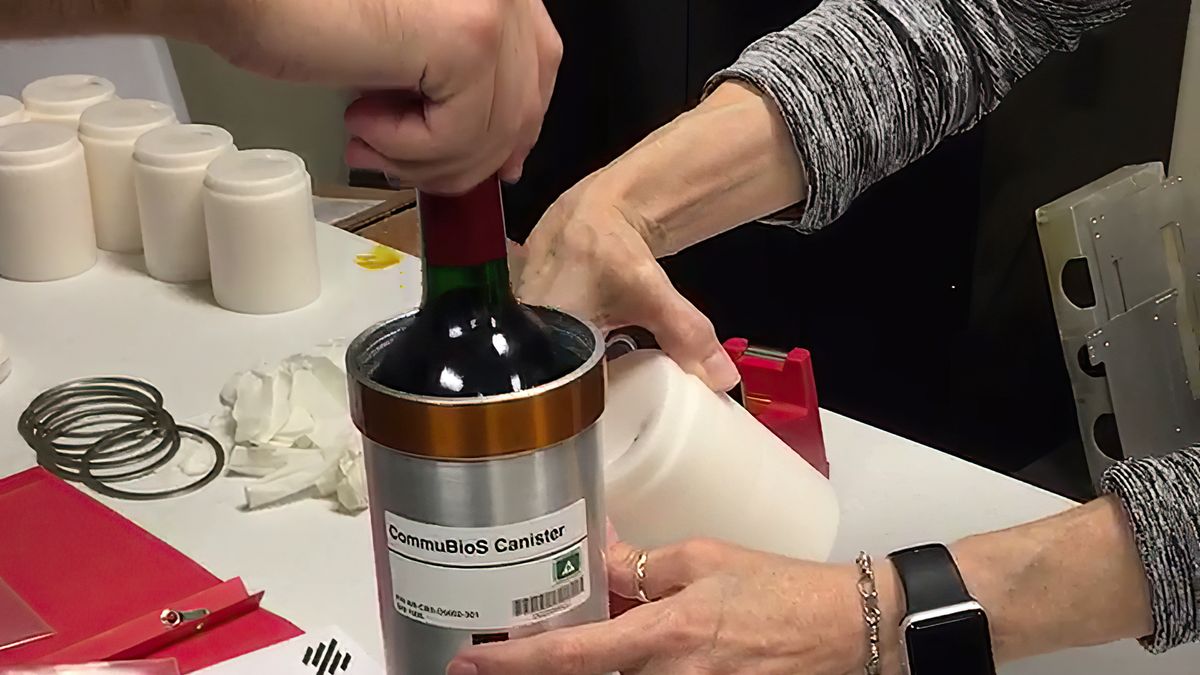
Glass and alcohol are typically forbidden on the ISS, so the bottles were locked away in sealed metal containers (credit: Space Cargo Unlimited)
In 2019, Space Cargo Unlimited shipped 12 bottles of Bordeaux wine to the International Space Station. After 438 days in space, these bottles were compared to identical ones aged on Earth, revealing a remarkable advancement in the space-aged wine equivalent to several years of aging on Earth. The research programme continues its investigation into the effect of the space environment on yeasts and bacteria, exploring new possibilities for the health and agri-food sectors.
Milky Way munchies
Spirulina is an edible blue-green algae. known for its resistance to radiation and nutritional value, is becoming increasingly integrated into astronauts’ diets as a dietary supplement. Astronauts can cultivate spirulina themselves in space, benefiting from its rapid growth and high protein content. Additionally, these bacteria, being resilient to space radiation, serve as a protein-rich supplement. Moreover, they can absorb CO2, degrade waste into nutrients, produce oxygen for breathing, and generate water vital for both plants and humans.
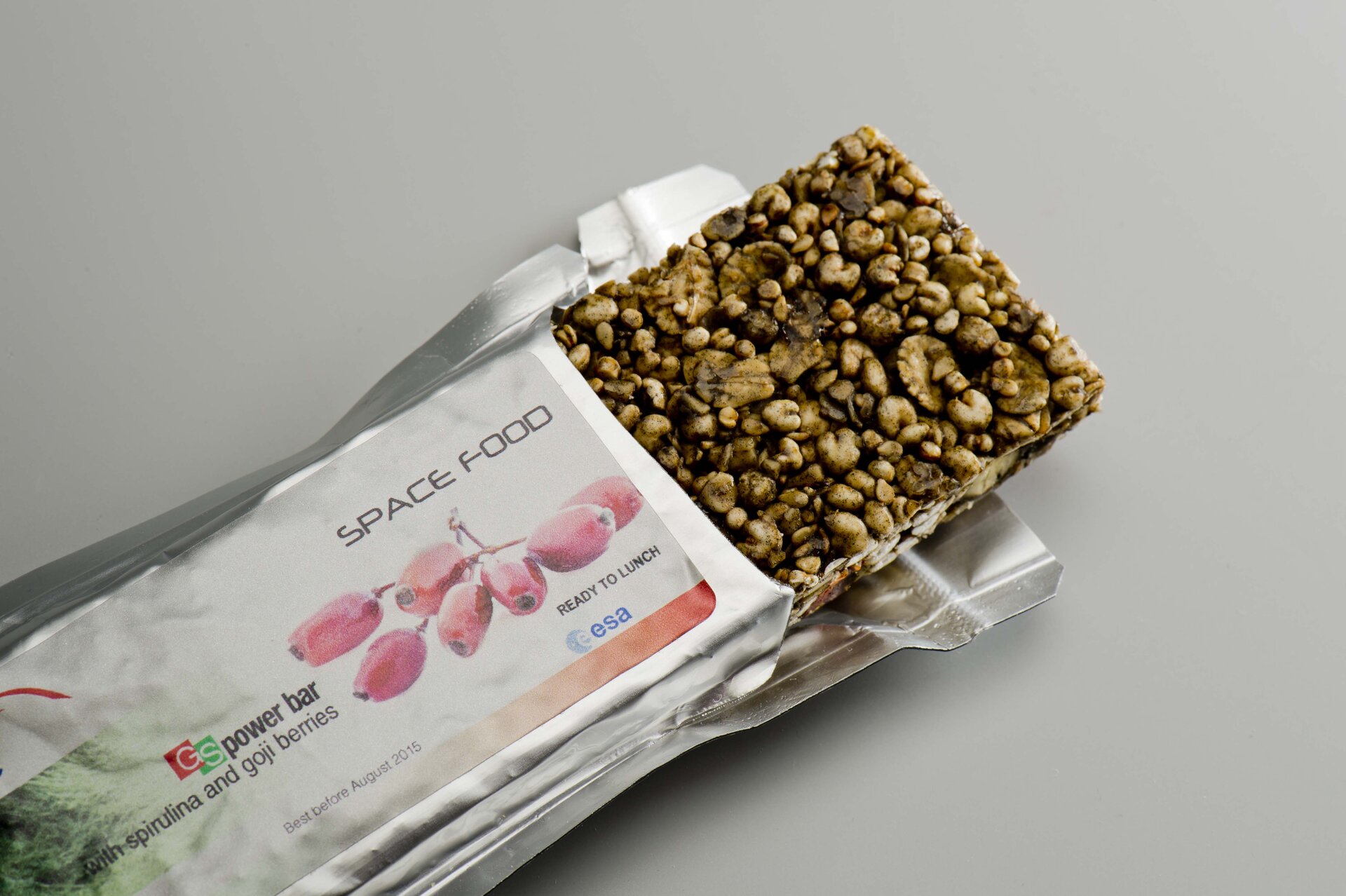
A muesli bar developed for ESA astronauts on the International Space Station made with Spirulina and goji berries (credit: ESA)
Cultivating innovation together!
Discover more about the practical impact of space research via the report of the Agronautics: Merging Space & Agrifood event in Wageningen in April 2024.
If you are curious about more space spin-off applications, feel free to contact us or visit our Technologies section to look for suitable space solutions.
